How are you?
How many times have we asked this question? Particularly over this past year.
A lot.
And, now ask yourself how many times did we really want to hear the answer or how many times did we really answer honestly?
Hmmmm, not so many.
“How are you?” is probably the most asked question of all time and simultaneously the most unanswered. Why? Because let’s face it emotions are running through everything we do, think, create, decide, say! And yet we don’t talk much about them really, and perhaps it’s because at the end of the day we don’t know much about them.
How many emotions are there?
If you like me, I grew up with the classic 5 faces on the classroom wall on how we feel or supposedly feel:
“ HAPPY – SAD – ANGRY – SCARED – DISGUSTED”
Years later, nothing appears to have changed and my kids have grown up with the exact same framework! SIMPLE. However, I guess we all discover soon enough that actually it is much more complicated than that. And many of us probably begin realise we never actually knew how to describe how we really felt deep inside! Moreover, what to do with the hundred thousand other nuances of emotions that we felt.
Technically if it doesn’t have a name then technically it doesn’t exist in our experience. And so it floats inside us like a cloud, an unnamed fog, an undefined mood.
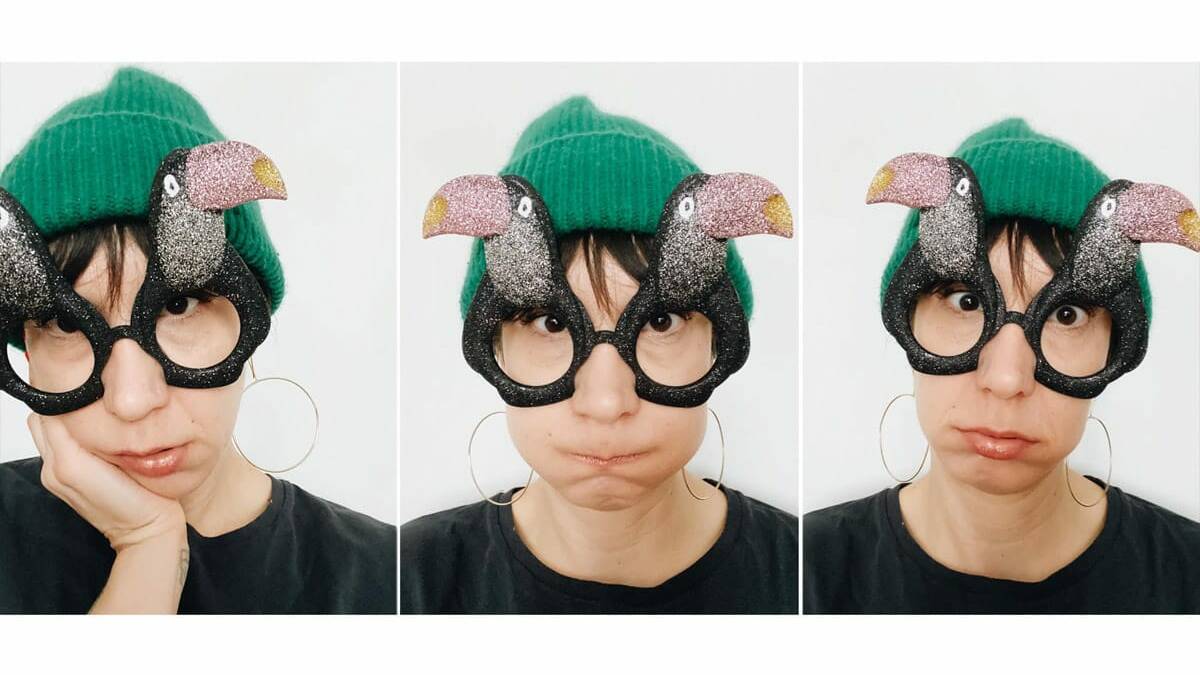
Understanding and confronting our emotions
I’ve been always fascinated by the world of emotions! However, as a so called “self controlled” person for most all my life, I was somehow a bit scared of them I guess. Meaning, never too in touch with what was happening inside me and quite good at ‘bottling up’, pushing away and covering it up. A perfect example of “Yes! All is good thank you!” .
But one day, I decided to take a different look at myself in the mirror. And I decided to dig a little deeper, dig deeper in a more scientific approach of trying to understand emotions themselves.
I probably thought that looking at emotions with a “scientific microscope” would been less scary and vague. And I guess I was right! Because what I found during this journey to the epicentre of my emotions is not only safe, but also truly empowering.
The world of emotions is indeed a complex one, but not in the way I first imagined.
We all deal with a two thousands years old assumption that goes on and on. Described to us by Plato to Rene Descartes to Darwin and through much of the dogma of different religions that basically tell us the same thing.
We live in a constant battle between our irrational heart and our rational mind, the good and the evil, the superhero and the villain, the divided selves that teared us a part constantly. But apparently this is just a myth, a catchy story that has found no evidence in the recent neuroscience research which is telling us completely different story.
In fact, a rather astonishing one.
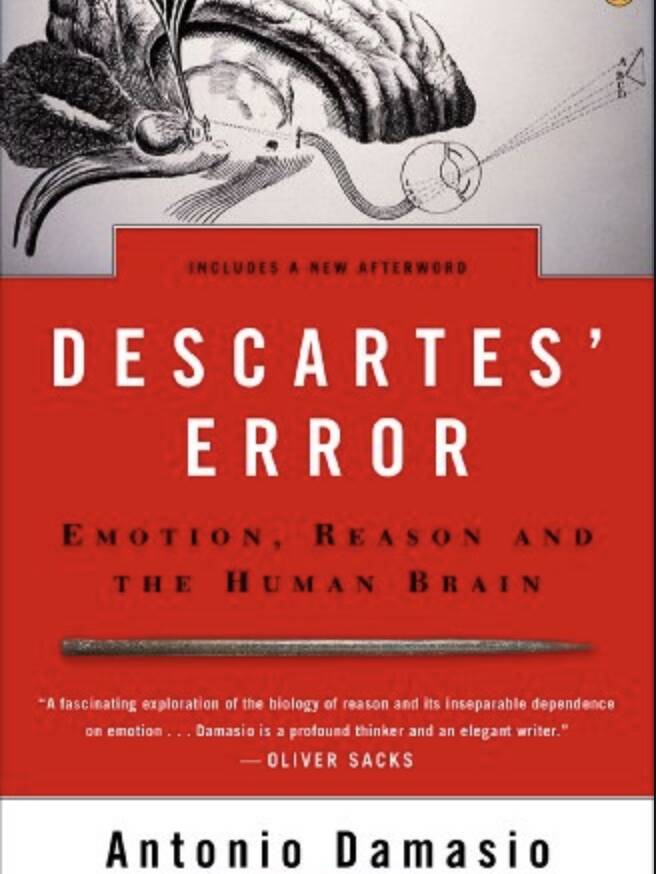
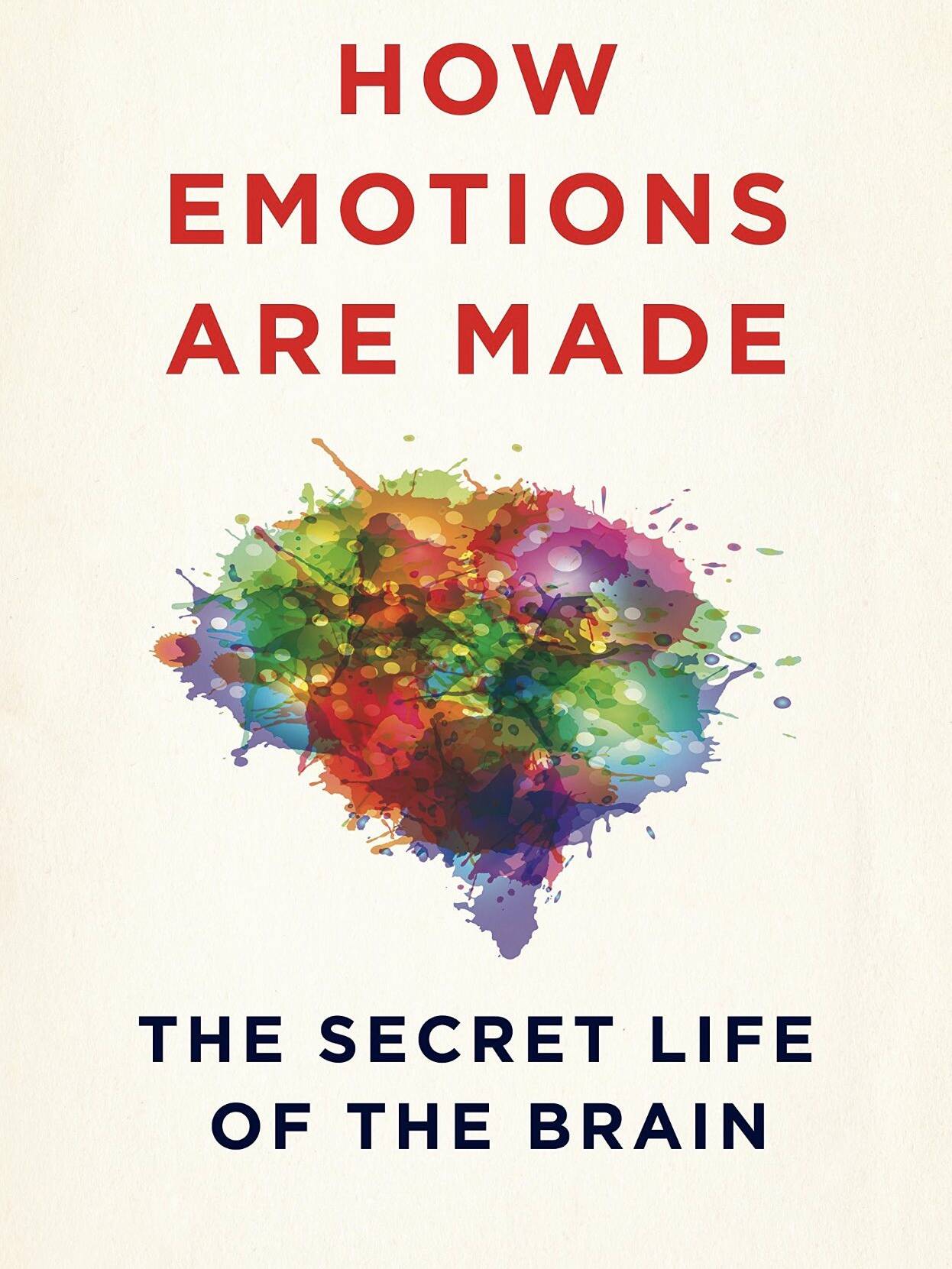
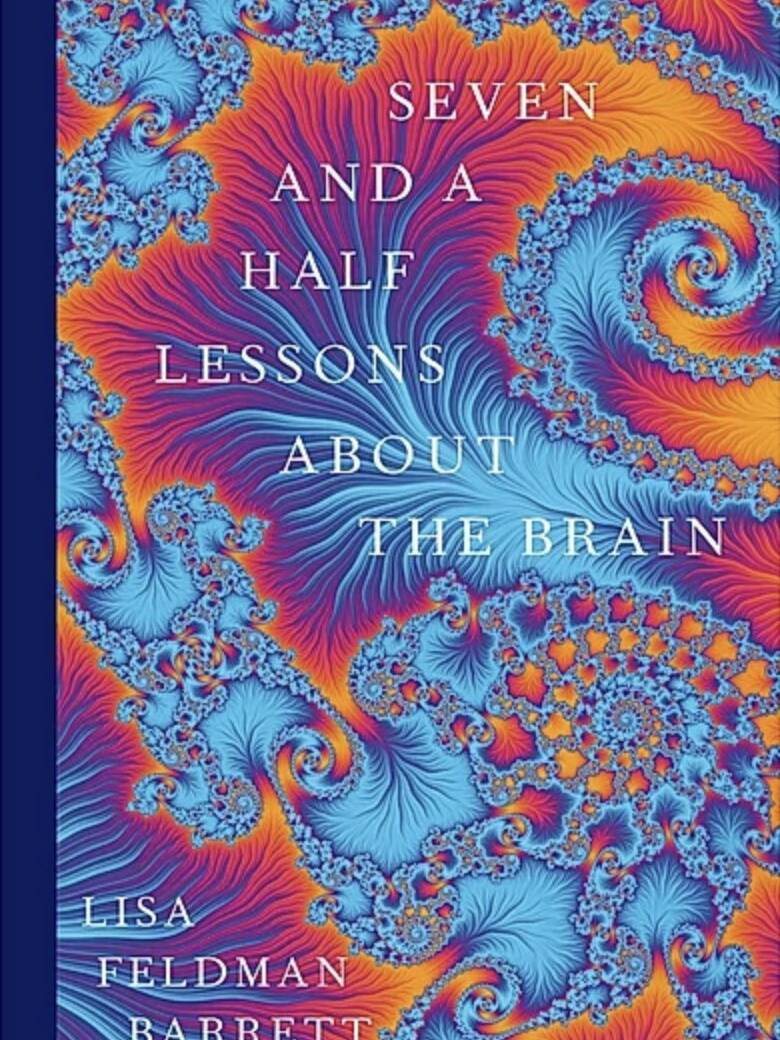
We are not divided, there is no evil or good inside us, neither a left nor a right brain. There aren’t 3 brains from different stages of evolution, ie. we don’t have a lizard brain lurking inside us. And we are not divided, instead we are a whole, a whole person. Keep reading before you decide this goes against everything you currently know.
As neuroscientist Antonio Damasio beautifully wrote in his revolutionary book “The Descartes error”, perhaps the over estimated role of “the Thinking” has caused the misunderstanding. Because as it turns out, the first feature of our sophisticated brains is not Thinking. In fact, our brain, it’s designed to keep us alive more than “right and happy.” It’s an efficiency machine not an efficacy machine. Furthermore, one of the top neuroscientists of the moment, Phd Lisa Feldman Barrett, explains this beautifully in her 2 books “ Seven and Half lesson about the brain “ and “ How emotions are made”.
In essence, our brain does’t distinguish between reality or imagination, between good or bad but rather what costs us less in term of our metabolic consumption. Well, if you are still following me here, this is a lot to reconsider isn’t it?
I found it quite literally, MIND BLOWING.
So how are emotions made?
Well, emotions are created by our brain and they fuel everything we do, chose and decide.
“They are not built in, but built.” (Cit Lisa Feldman Barrett)
There is no logic without emotions, no emotions without a logic.
“We are not thinking machines that feel, but feeling machines that think” (cit. Antonio Da Masio)
The new theories of “constructed emotions” replace the classic view of rationality and irrationality. We experience our emotional world though the experiences we’ve had in the past. For example how we grew up, what we saw and experienced during our childhood and continuously through our lives. Essentially this all forms part of how we experience and make predictions on how we are supposed to feel in any given situation based on how we once felt. So what feels instinctive in our reactions is in fact a “constructed” choice our brain makes every single time based on past interactions and experience.
Can we change how we feel?
So the good news is, that how we “construct” or how we feel today is not something unchangeable. In fact it’s quite the opposite. We can change how we experience what we feel and the actions that follow. It’s called awareness and direct neuroplasticity. And what comes with this knowledge is the freedom to make choices of what is or is not serving us well today and tomorrow.
As the ‘Expat Brain‘ explains, we are live wired! Meaning, we collect experiences that shape our emotional world but we are also malleable if we put attention and effort into what we want to change.
Often times we tell ourselves stories like, “I’m born that way”, “that’s me, this is how I function” or “I always do that”
Well, we are not and it’s not true. We don’t need to be a slave to the stories that don’t serve us. Unquestionably it’s within each us to change if we so choose.
Of course, our Brain may be happy with autopilot, of repeating the same story over and over, it’s an efficiency machine. The question however is, are we?
A simple process?
It’s that easy? Unfortunately no, it’s not.
We are built to take short cuts and most of the times painful ones. But as I mentioned it does’t have to stay that way indefinitely. It requires plenty of practice and huge amounts effort. That is the truth!
Importantly though it’s doable! Absolutely we can create another path in our brain on how we respond to life. Walking over and over on that new path, falling down and rising up again and again. Think of it like tracing a new path in fresh snow.
What you repeat inside your head you become. And this too, works for emotions.
Where/How do I start?
First and foremost it’s about wanting the change and committing to it. Secondly, it’s about asking ourselves better questions.
How my emotions are serving me right now? What is the message they are carrying for me and what do I want to do with this message?
In short keep asking yourself good questions and don’t believe everything you think (and feel)!
So on that note I leave you! I believe I have left you plenty to reflect on in terms of the immense and beautiful world of our emotions 🙂
Further Recommended Reading
- How Emotions are made by Lisa Feldman Barrett
- 7 and half lessons about the brain by Lisa Feldman Barrett
- Emotional Agility by Susan David
- Permission to feel by Mark Brackett
- Livewired by David Eagleman
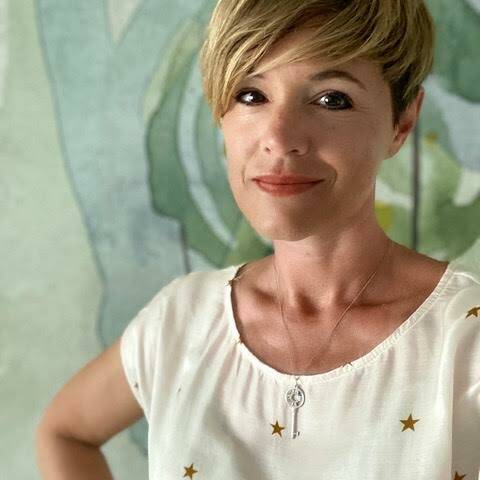
Monica Scillieri
Monica is British/Italian (Born in Genoa, but Sicilian by heart), the mom of 3 (ages 14, 13 and 7) and has been living and working abroad for the past 15 years. She is the founder of Expatminded a consultancy firm that supports Expats wellbeing around the world.
Monica is a ICF PCC Certified Coach, Intercultural Trainer and is NeuroScience Academy accredited
Transformational Coaching Session with Tajda Glazer
THE CONFESSION Before I begin and tell you about…